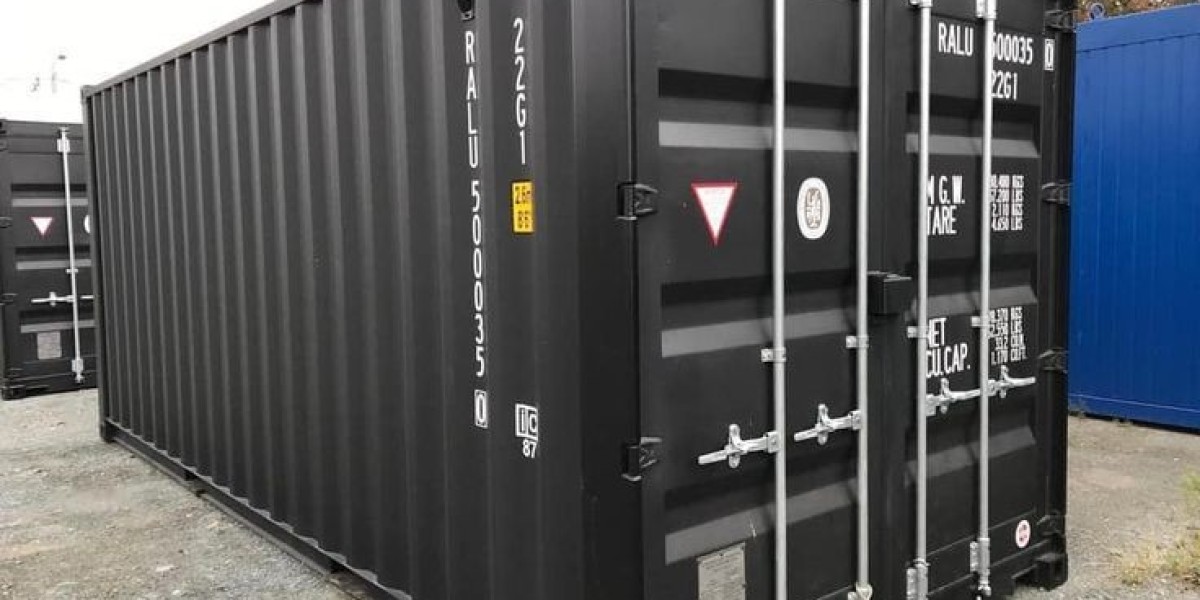Shipping containers have revolutionized global trade by providing a standardized means of transporting goods across various modes of transportation—ships, trucks, and trains. However, within this broad category, there are different types of containers that serve specific needs. Two essential types are ISO Standard Containers and fabricated shipping containers. In this blog, we'll delve into these two types of containers, their significance, and their applications in modern logistics.
What Are ISO Standard Containers?
ISO Standard Containers are the backbone of international shipping and logistics. These containers are built according to the specifications set by the International Organization for Standardization (ISO), ensuring uniformity in size, construction, and performance. This standardization allows containers to be used interchangeably across different transportation methods, making global trade more efficient.
Key Features of ISO Standard Containers
Uniform Dimensions: ISO Standard Containers come in standardized sizes, typically 20 feet, 40 feet, and 45 feet in length. This uniformity ensures that these containers can be seamlessly transferred between ships, trains, and trucks without the need for adjustments.
Durability: Made from high-grade steel, ISO containers are designed to withstand harsh weather conditions and rough handling. Their robust construction ensures that goods remain safe and secure during transit.
Intermodal Compatibility: One of the most significant advantages of ISO containers is their intermodal compatibility. These containers can be easily stacked on ships, loaded onto trucks, and transferred to trains, reducing the need for manual handling and minimizing the risk of damage.
Security: ISO containers are equipped with secure locking mechanisms that protect the goods from theft and tampering during transit. This makes them ideal for transporting high-value or sensitive cargo.
The Role of Fabricated Shipping Containers
While ISO Standard Containers are suitable for most general cargo, certain industries require customized solutions. This is where fabricated shipping containers come into play. These containers are custom-built to meet specific requirements, offering flexibility in design, size, and functionality.
Why Opt for Fabricated Shipping Containers?
Customization: Fabricated shipping containers can be designed to meet unique needs. Whether you need a container with specific dimensions, additional features like refrigeration, or customized interior layouts, fabricated containers can be tailored to your exact specifications.
Versatility: These containers are not limited to shipping goods. They can be repurposed for various applications, including mobile offices, storage units, pop-up shops, and even residential spaces. The ability to customize makes them highly versatile.
Cost-Effectiveness: While customized containers may come with a higher initial cost, they can be more cost-effective in the long run, especially when tailored to your specific operational needs. They reduce the need for modifications and adaptations during use.
Specialized Applications: Certain industries, such as healthcare, food and beverage, and construction, require containers with specific features. Fabricated shipping containers can be equipped with temperature control, ventilation systems, and reinforced structures to meet these specialized needs.
Choosing the Right Container for Your Needs
When selecting between ISO Standard Containers and fabricated shipping containers, it's essential to consider your specific requirements. If you are involved in international trade and need containers that can seamlessly integrate with existing transportation infrastructure, ISO containers are the ideal choice. Their standardized dimensions, durability, and security features make them a reliable option for most shipping needs.
On the other hand, if your business requires containers with unique features or customized designs, fabricated shipping containers offer the flexibility you need. Whether you're looking for specialized storage, mobile workspaces, or custom-built transport solutions, fabricated containers can be designed to meet your exact needs.
Final Thoughts
Both ISO Standard Container manufacturer and fabricated shipping containers play crucial roles in modern logistics and beyond. ISO containers offer standardized, reliable solutions for global trade, while fabricated containers provide the customization needed for specialized applications. By understanding the strengths of each type, you can make informed decisions that best suit your operational needs, ensuring efficiency, security, and cost-effectiveness in your logistics operations.










